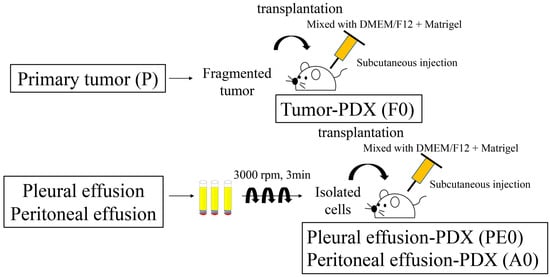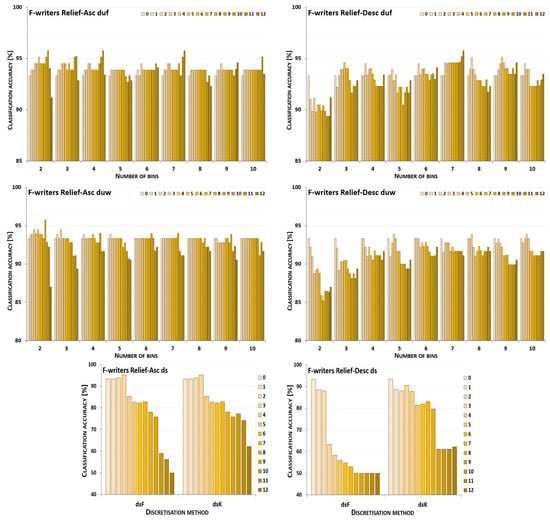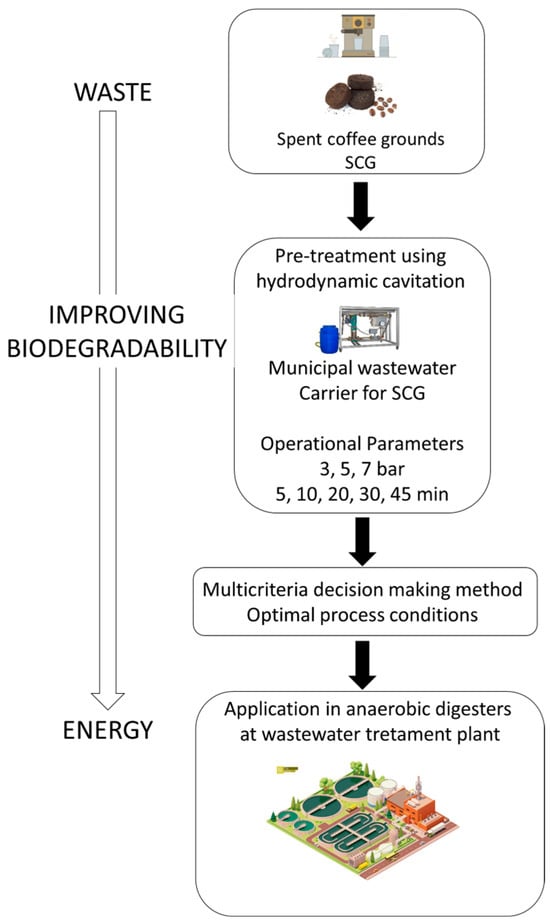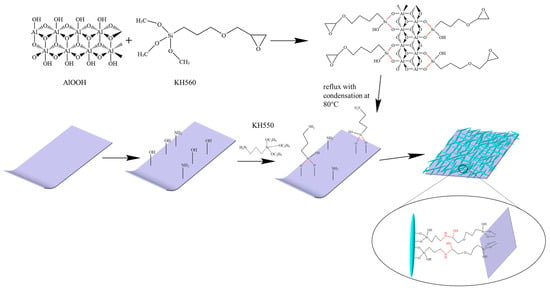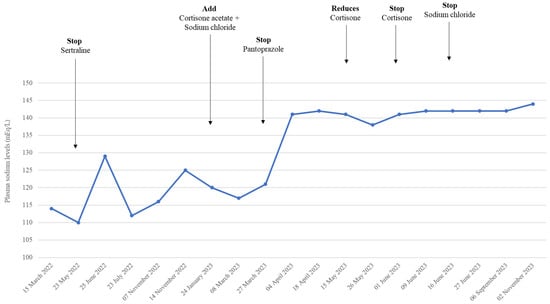Heavy metal contamination has emerged as a global environmental concern, with tannery effluents serving as a significant source of these pollutants. The discharge of tannery effluents (TEs) into natural ecosystems has given rise to a spectrum of catastrophic risks, exacerbating concerns related to public health, safety, and environmental integrity. This current study focuses on the mycoremediation of the heavy metals present in TE, employing the mycelia of
Pleurotus opuntiae, an environmentally sustainable solution. The toxicity of TE was rigorously characterized by evaluating a range of physicochemical parameters in accordance with the American Standard and Testing Methods. Subsequently, various diluted concentrations of effluent (25%, 50%, 75% and 100%) were incorporated into MDA media to assess the tolerance index (TI) of
P. opuntiae. Notably, the highest TI was observed in the 25% and 50% TE concentrations, while no growth was observed in the 75% and 100% groups due to the exceptionally elevated heavy metal content.
P. opuntiae demonstrated remarkable efficacy in heavy metal removal, with the most substantial reductions recorded in the 25% diluted effluent (91.3% Pb, 72.2% Cr and 66.5% Zn), closely followed by the 50% diluted effluent. The highest intracellular bioaccumulation was observed for Pb (17.2 µg/g), outperforming Cr (14.5 µg/g) and Zn (8.5 µg/g) in mycelia grown in 25% diluted effluent. To elucidate the detoxification mechanisms underlying metal removal, various characterizations of the mycelium were conducted, including SEM, FTIR, and XRD analyses. Furthermore, LC–MS analysis shed light on the pivotal role of metabolites in regulating heavy metals within the physiological metabolism of
P. opuntiae. Moreover, an upsurge in the concentration of the stress marker, metallothionein, and augmented activity of antioxidant enzymes, like SOD, CAT, LPO and GSH, collectively suggested the significant role of antioxidants in mitigating reactive oxygen species (ROS) and heavy metal toxicity. These comprehensive findings provide a solid foundation for understanding the mechanisms responsible for heavy metal removal by
P. opuntiae and pave the way for the development of effective remediation strategies for decontaminating the effluents discharged by the leather industry, contributing to the preservation of our environment and to public well-being.
Full article
 IJMS
IMPACT
IJMS
IMPACT Applied Sciences
IMPACT
Applied Sciences
IMPACT Sustainability
IMPACT
Sustainability
IMPACT Sensors
IMPACT
Sensors
IMPACT JCM
IMPACT
JCM
IMPACT Materials
IMPACT
Materials
IMPACT Molecules
IMPACT
Molecules
IMPACT Energies
IMPACT
Energies
IMPACT Electronics
IMPACT
Electronics
IMPACT Remote Sensing
IMPACT
Remote Sensing
IMPACT Cancers
IMPACT
Cancers
IMPACT Nutrients
IMPACT
Nutrients
IMPACT Mathematics
IMPACT
Mathematics
IMPACT Foods
IMPACT
Foods
IMPACT Buildings
IMPACT
Buildings
IMPACT Polymers
IMPACT
Polymers
IMPACT Animals
IMPACT
Animals
IMPACT Water
IMPACT
Water
IMPACT Plants
IMPACT
Plants
IMPACT Agronomy
IMPACT
Agronomy
IMPACT Biomedicines
IMPACT
Biomedicines
IMPACT Processes
IMPACT
Processes
IMPACT Microorganisms
IMPACT
Microorganisms
IMPACT Diagnostics
IMPACT
Diagnostics
IMPACT Nanomaterials
IMPACT
Nanomaterials
IMPACT Viruses
IMPACT
Viruses
IMPACT Medicina
IMPACT
Medicina
IMPACT Healthcare
IMPACT
Healthcare
IMPACT Cells
IMPACT
Cells
IMPACT Forests
IMPACT
Forests
IMPACT Agriculture
IMPACT
Agriculture
IMPACT Land
IMPACT
Land
IMPACT JMSE
IMPACT
JMSE
IMPACT IJERPH
IJERPH
 Symmetry
IMPACT
Symmetry
IMPACT Genes
IMPACT
Genes
IMPACT Pharmaceutics
IMPACT
Pharmaceutics
IMPACT Coatings
IMPACT
Coatings
IMPACT Micromachines
IMPACT
Micromachines
IMPACT Pharmaceuticals
IMPACT
Pharmaceuticals
IMPACT Atmosphere
IMPACT
Atmosphere
IMPACT Children
IMPACT
Children
IMPACT Religions
IMPACT
Religions
IMPACT Antioxidants
IMPACT
Antioxidants
IMPACT Life
IMPACT
Life
IMPACT Metals
IMPACT
Metals
IMPACT Biomolecules
IMPACT
Biomolecules
IMPACT Vaccines
IMPACT
Vaccines
IMPACT Education Sciences
IMPACT
Education Sciences
IMPACT Minerals
IMPACT
Minerals
IMPACT Horticulturae
IMPACT
Horticulturae
IMPACT Brain Sciences
IMPACT
Brain Sciences
IMPACT JPM
IMPACT
JPM
IMPACT Bioengineering
IMPACT
Bioengineering
IMPACT





